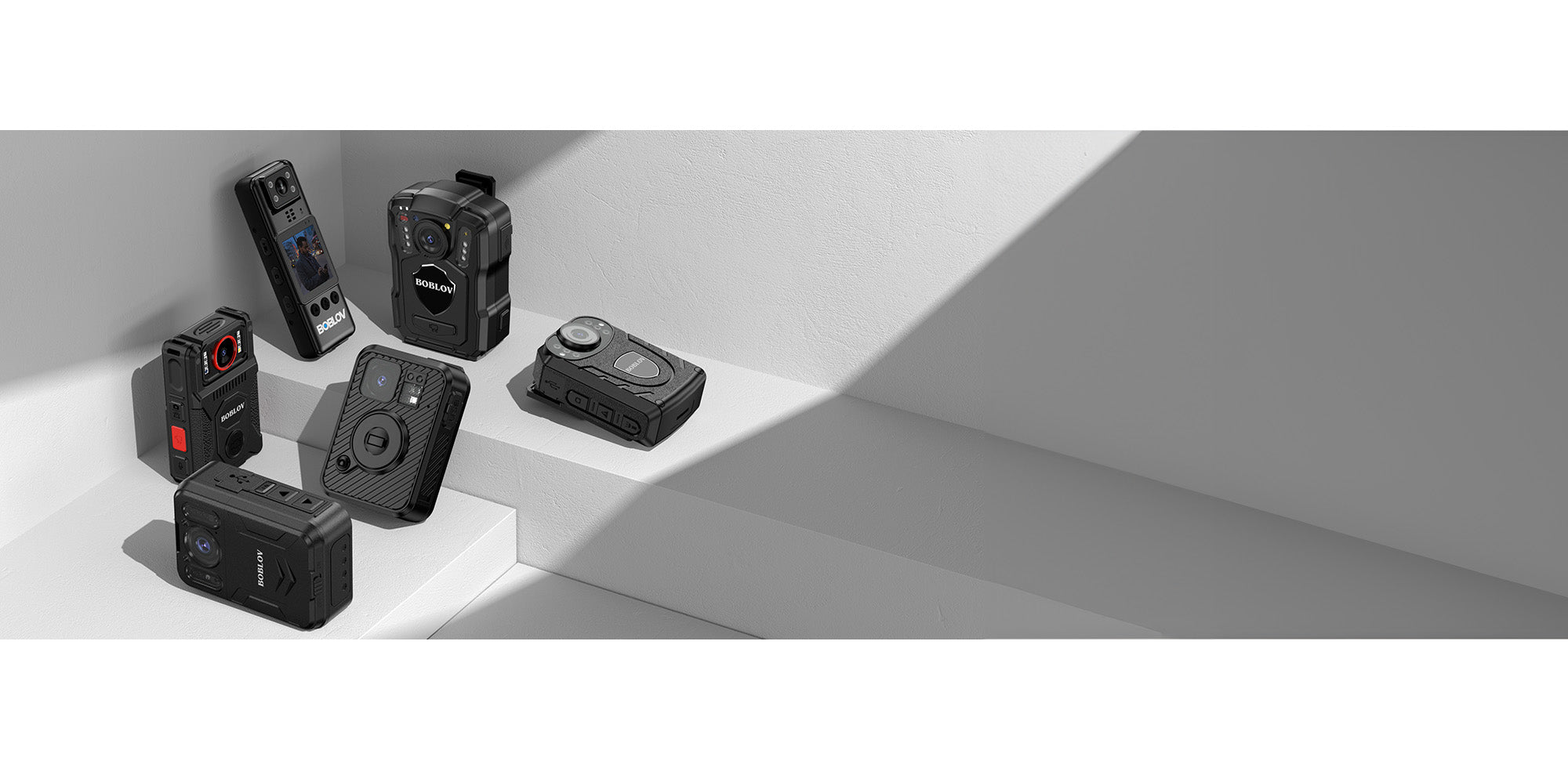The Evolving Landscape of Body Camera Mounting
Understanding the Shift in Law Enforcement Gear Needs
Recent years have seen big changes in police gear. Body cams are now key tools for cops. These changes are due to more calls for openness and safety in the job. Officers now have gear that fits better and helps more with their tasks. Body cams are now a must for most police forces. They help to keep records of what happens on duty. This shift means new tech in how cams are worn. It's all to help officers do their work well and stay safe.

Innovations in Body Camera Mounting Technology
Recent advancements have transformed how officers wear body cameras. Here are key changes:
- Magnetic mounts help attach the camera quickly. These are both strong and easy to use.
- Modular designs let officers switch between mounting options. This suits different tasks.
- Adjustable harnesses improve fit and comfort. They make long shifts easier to handle.
- Quick-release systems allow for rapid removal. This offers flexibility in urgent situations.
These innovations focus on practicality. They ensure cameras are both secure and accessible.
The Impact of Wearable vs. Dashboard-Mounted Cameras
Body cameras have become critical for modern policing. Yet, the debate rages: wearable or dashboard? Wearable body cameras offer a personal view of events. They are light and easy to wear. Dashboard cameras capture a broader scene from the car's point of view. Wearables can go where the officer goes, catching every interaction. Dashboard cams, though, miss what happens off-screen. Officers must think about battery life and camera angles. In high-speed chases, dashboard cameras provide steady footage. For close-up evidence, wearables win. Each has pros and cons, shaped by duty needs. The choice impacts officer safety and evidence quality. And the verdict? The right camera depends on the mission.
Breaking Down the Best Car Charging Solutions for Body Cameras
Evaluating Car Chargers: Features That Matter
- Compatibility: Verify the charger works with your model of body camera.
- Charging Speed: Look for fast chargers to reduce downtime.
- Cable Length: It should be enough to easily reach the camera.
- Durability: Select a charger designed to withstand daily wear.
- Safety Features: Overcharge protection is essential.
- Portability: Choose chargers that are easy to carry.
- Ease of Use: Simple plug-and-play chargers are best.
- Indicator Lights: To show charging status at a glance.
When looking for a car charger for your body camera, prioritize these features. They play a key role in performance and reliability. Ideal chargers will ensure your camera is charged and ready for duty.
How to Choose the Right Car Charger for Your Body Camera
Selecting the ideal car charger for your body camera can be a game-changer. Here's a quick guide.
- Assess your power needs: Consider battery life and charging time.
- Check for compatibility: Ensure the charger fits your camera model.
- Look for durability: A sturdy charger withstands daily wear and tear.
- Prioritize safety features: Overcharge protection is vital for battery health.
- Consider ease of use: Chargers should connect easily and securely.
- Review extra features: LED indicators and multiple ports can be beneficial.
By following these steps, you'll find the best car charger for your needs.
Comparing Top Car Charging Brands and Models
- Anker PowerDrive: A reliable option with fast charging capabilities.
- Mophie Powerstation: Offers robust design and built-in batteries.
- Scosche Revolt: Compact and efficient, good for tight spaces.
- Belkin Road Rockstar: Features four ports for multiple devices.
- Aukey Car Charger: Affordable with AiPower adaptive charging.
- Nitecore VCL10: Innovative with an in-built flashlight.
- Rove P1: Not just a charger, but also a body camera viewer.
Each model presents unique strengths to fit diverse charging needs.
Implementing Body Cameras: Considerations and Best Practices
Navigating Legal and Policy Frameworks
When adding body cameras, laws and policies are key. They set rules and protect rights. Agencies must study these to avoid legal issues. New policies might be needed for camera use. Teams need training on these laws and rules too. It helps avoid mistakes and keeps everyone safe. Work with legal experts to get it right. This ensures smooth body camera use in daily work.
Integrating Body Cameras into Daily Operations
To add body cameras seamlessly, careful planning is needed. Start with training officers on use and etiquette. Then, sync their usage with daily patrol routines. This helps to ensure cameras work well with other gear. Also, involve IT teams early on. They can handle data storage and camera software updates. Lastly, make sure officers can access cameras quickly. This step is crucial for day-to-day law enforcement tasks.
Best Practices for Maintaining and Managing Body Cameras
Maintaining and managing body cameras involves a set of best practices to ensure they function well and the data they capture is secured properly. Here's a simple guide:
- Regularly check camera batteries and replace them when needed.
- Perform software updates promptly to keep the cameras running smoothly.
- Store cameras in a dry, cool place to prevent damage.
- Download and back up footage according to your department's policy.
- Ensure proper training for officers on camera use and care.
- Review data management policies regularly to comply with legal standards.
Following these steps will help maintain the efficiency and integrity of body cameras in law enforcement.

